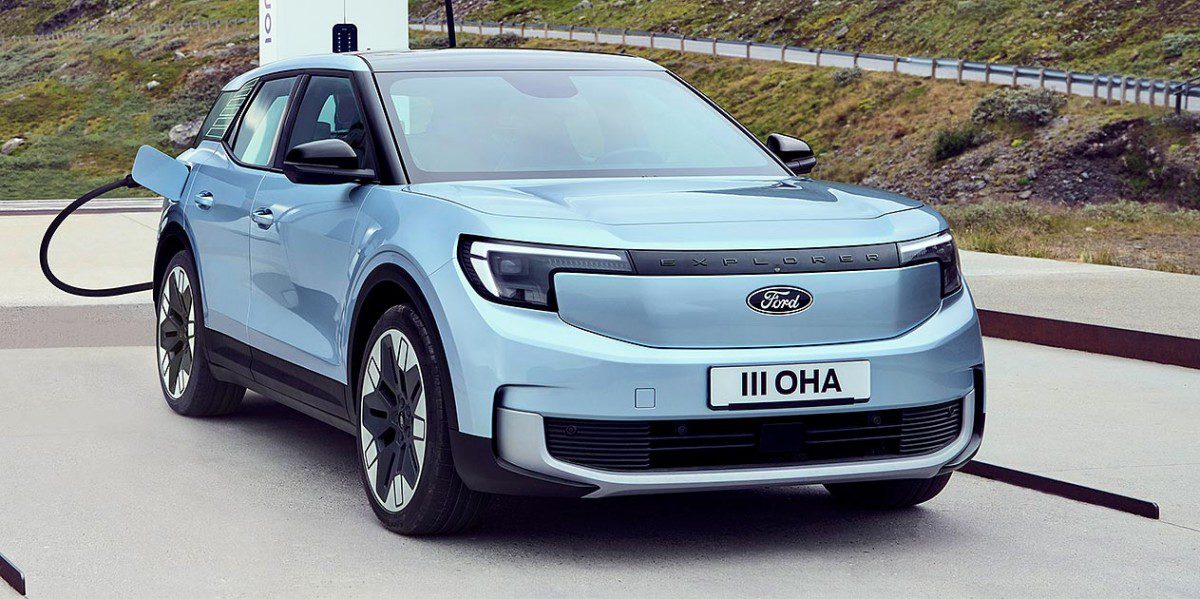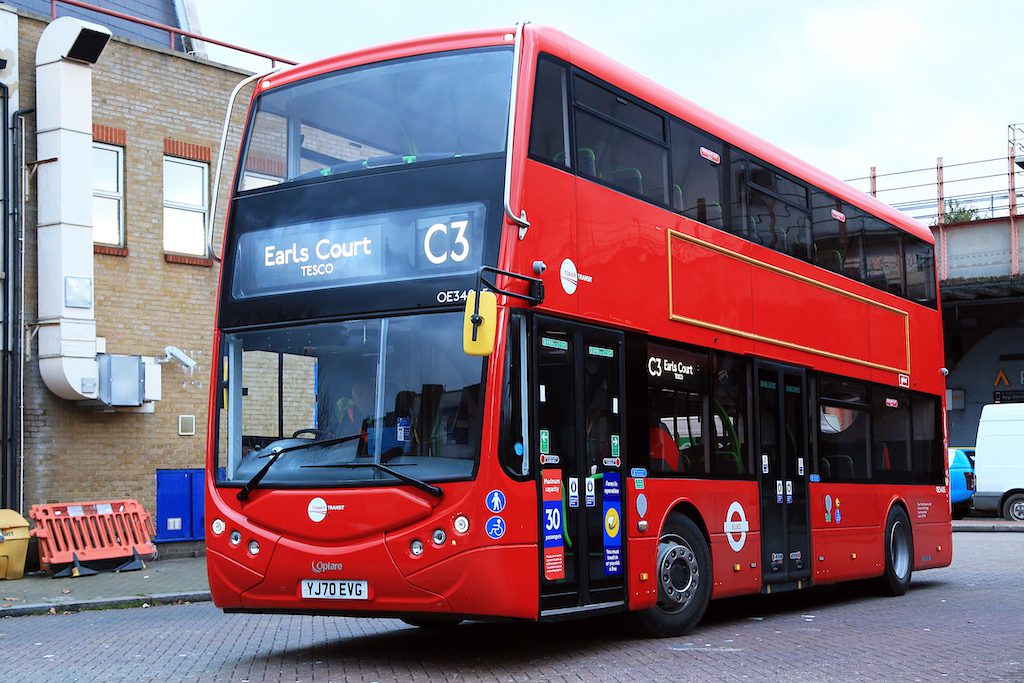Estimated reading time: 3 minutes
Table of contents
In a significant move aimed at bolstering electric vehicle (EV) safety, the National Highway Traffic Safety Administration (NHTSA) unveiled a groundbreaking proposal on April 15, 2024. This proposal marks a pivotal moment in the regulation of EVs, outlining stringent measures to ensure the integrity and safety of EV batteries. Let’s delve into the key aspects of this proposal and its potential implications.
Aligning Standards for Enhanced Safety
The proposed rule seeks to align U.S. Federal Motor Vehicle Safety Standard (FMVSS) requirements with a Global Technical Regulation focusing on EV safety. By harmonizing these standards, NHTSA aims to establish a comprehensive framework that addresses emerging challenges in EV battery safety. Stakeholders have until June 14, 2024, to submit their comments on this proposal, highlighting the collaborative nature of regulatory development.
Introducing FMVSS 305a: A Comprehensive Approach
Central to the proposal is the introduction of FMVSS 305a, a successor to the existing FMVSS 305. Unlike its predecessor, FMVSS 305a adopts a broader scope, encompassing the integrity of EV powertrains. Notable additions include stringent performance and risk mitigation requirements for the Rechargeable Electrical Energy Storage System (REESS), commonly known as the propulsion battery.
Addressing Safety Concerns
NHTSA’s proposal addresses critical safety concerns associated with EV batteries through a multifaceted approach:
Performance Tests
EVs must undergo rigorous performance tests to ensure the safe operation of the REESS under various conditions, including overcharge, over-discharge, and external short-circuit scenarios. These tests aim to eliminate risks such as electrolyte leakage, venting, and fire, enhancing overall safety standards.
Water Exposure Protection
To mitigate water-related risks, NHTSA proposes a mandatory water test requirement. This measure ensures that EVs maintain electrical isolation during vehicle washing and when traversing through standing water, minimizing potential hazards.
Safety Risk Mitigation Documentation
Manufacturers are mandated to provide comprehensive documentation on safety risk mitigation strategies, particularly focusing on thermal runaway scenarios. By delineating risk assessment methodologies and mitigation strategies, this requirement fosters transparency and accountability in EV safety protocols.
Warning Requirements
The proposal emphasizes the importance of timely warnings to drivers in case of thermal events or operational failures. Both audio and visual warnings are stipulated, accompanied by stringent documentation requirements to validate the functionality of malfunction warning systems.
Emergency Response Guides
Vehicle manufacturers are tasked with developing standardized emergency response guides for each vehicle model. These guides provide essential information to emergency responders, facilitating safe handling procedures during crises and post-crash scenarios.
Inclusive Application and Compliance
The proposed rule extends its purview to encompass diverse categories of vehicles, including heavy vehicles and low-speed vehicles. While heavy vehicles will adhere to both existing and new provisions, low-speed vehicles may also come under scrutiny, reflecting NHTSA’s commitment to inclusivity in safety standards.
Timeline for Implementation
Most requirements outlined in the proposed FMVSS 305a are slated to take effect two years after the final rule’s publication. However, emergency response information requirements will be enforced one-year post-publication. Additionally, small-volume manufacturers and alterers will be granted extended timelines for compliance, ensuring a smooth transition to the new regulatory landscape.
Conclusion
NHTSA’s proposed rule represents a decisive step toward enhancing EV battery safety standards. By amalgamating global best practices with rigorous performance criteria, this initiative underscores the agency’s dedication to fostering innovation while prioritizing public safety on the roadways. As stakeholders engage in constructive dialogue and feedback, the future of EV safety promises to be both resilient and transformative.





















Leave feedback about this